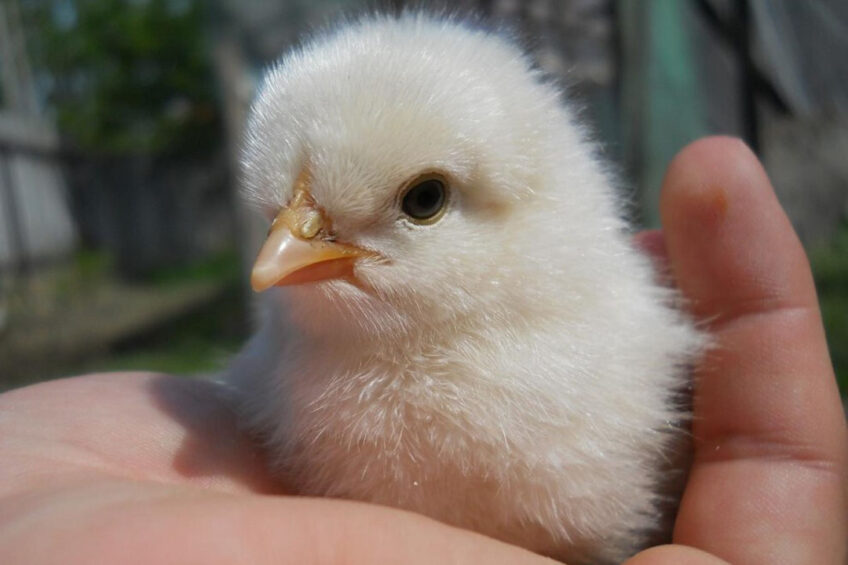Market-driven initiatives to improve broiler welfare

Pan-European research has shown that market-driven initiatives can improve broiler welfare.
The study accounted for 2 types of initiatives that exist to ensure welfare in broiler production – legislation, where all broiler production in a region or country must comply with legally defined welfare standards – and market-driven initiatives. These cover part of the production which must meet specific welfare standards and is sold with a specific label at a premium price, or as part of a minimum welfare standard defined by a retailer of a fastfood chain.
While the effects of national legislation may be undermined by price competition from lower welfare imported products, the effects of market-driven initiatives may be limited by consumer unwillingness to pay the extra cost.
The study
The Danish study, led by Professor Peter Sandoe from the University of Copenhagen, compared broiler welfare requirements in 5 European countries – Denmark, Sweden, Germany, the United Kingdom and the Netherlands – through a Benchmark method. Several welfare dimensions, covering the input features typically modified in broiler welfare initiatives, were defined.
Nearly 30 academic welfare experts valued the different levels within each dimension on a scale of 0 to 10 and then weighted the relative contribution of each dimension to overall welfare on a 1 to 5 scale. The range of welfare gradings covered stocking density, foot pad dermatitis initiatives, outdoor access, maximum flock size in the broiler house, use of roughage, indoor air quality, light programmes and intensity, natural sunlight, pecking and resting enhancement, thinning, catching and loading birds and transportation to slaughter.
By combining these values and weights with an inventory of existing welfare initiatives, the additional welfare generated by each initiative was calculated.
Higher legal standards in Sweden and Denmark
Together, with information on national coverage of each initiative, the Benchmark score for each country’s production and consumption of chicken meat was calculated. The results showed Sweden and Denmark achieved a much higher Benchmark for national production due to higher legal standards than any of the three other countries.
The Netherlands and the UK achieved a Benchmark for national consumption of chicken at the same level as found in Sweden, however, because market-driven initiatives complemented more welfare-limited Dutch legislation. The Dutch situation is special because consumers are not given a choice of fresh broiler meat – only meat based on a production with enhanced welfare is on offer in supermarkets.
In other nations, such as Germany, Denmark and the United Kingdom, welfare labelled meat will often lie next to unlabelled “standard” meat on the cool counter, giving consumers a real choice between welfare chicken with a price premium and standard chicken sold at a lower price.
So, despite some uncertainties in the Benchmark method, it appears that market-driven initiatives can have a strong impact on improving broiler welfare, building on those standards achieved by animal welfare legislation.
* The paper has been published in Poultry Science – Market-driven initiatives can improve broiler welfare – a comparison across five European countries based on the Benchmark method – ScienceDirect












